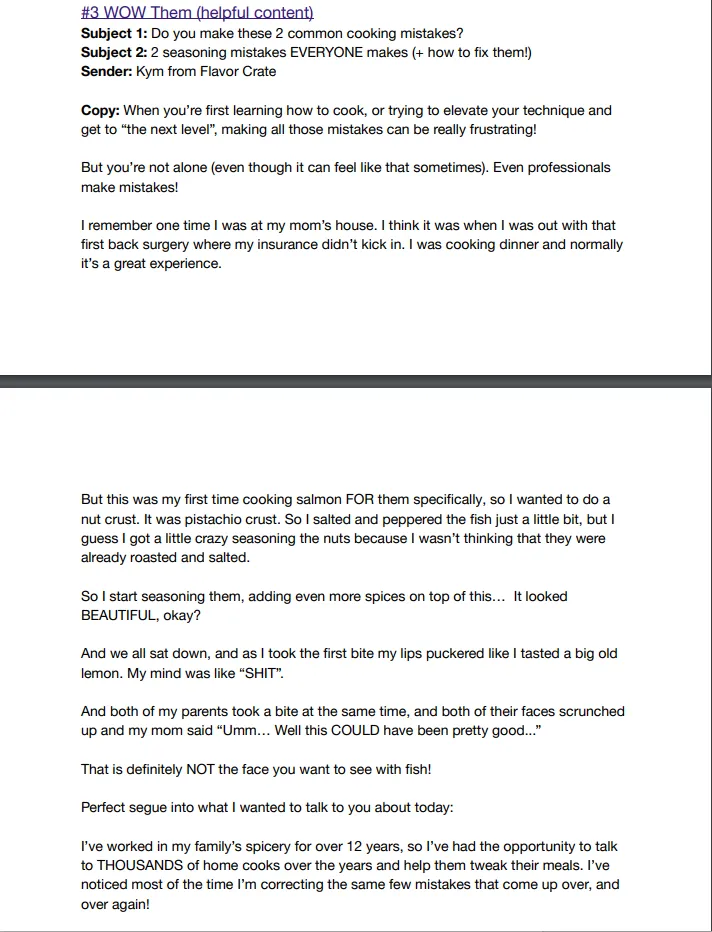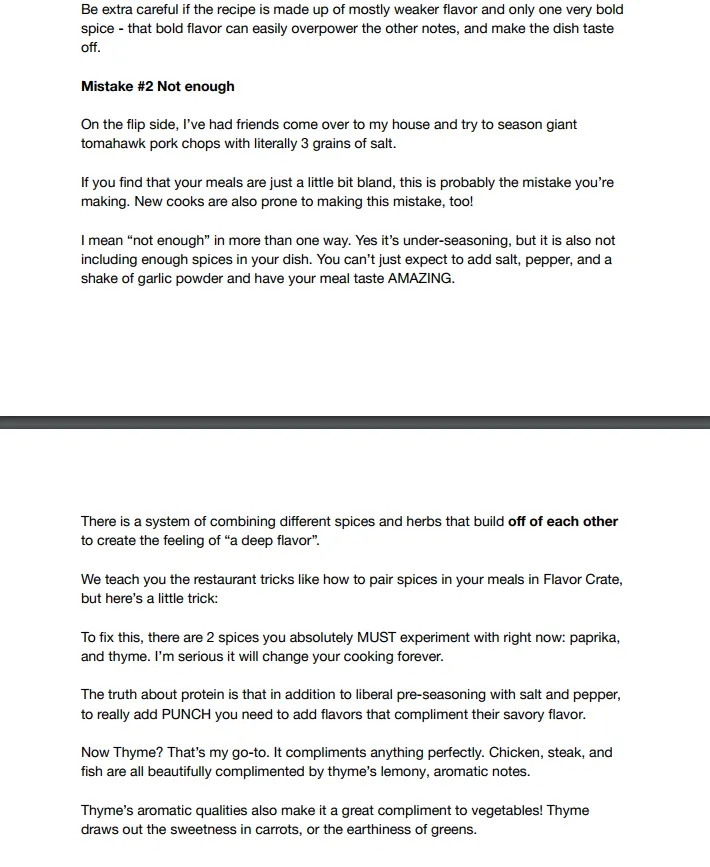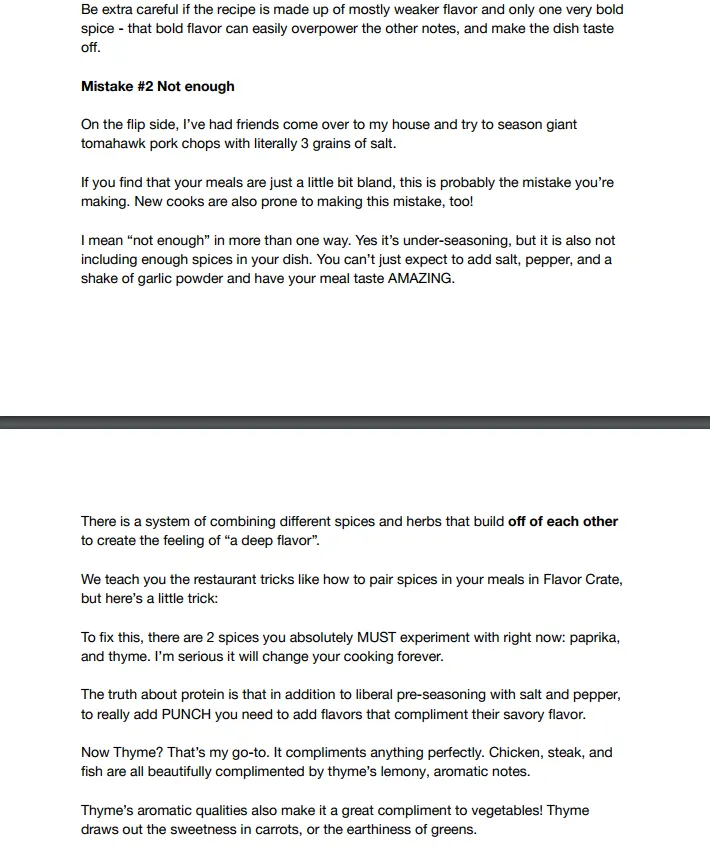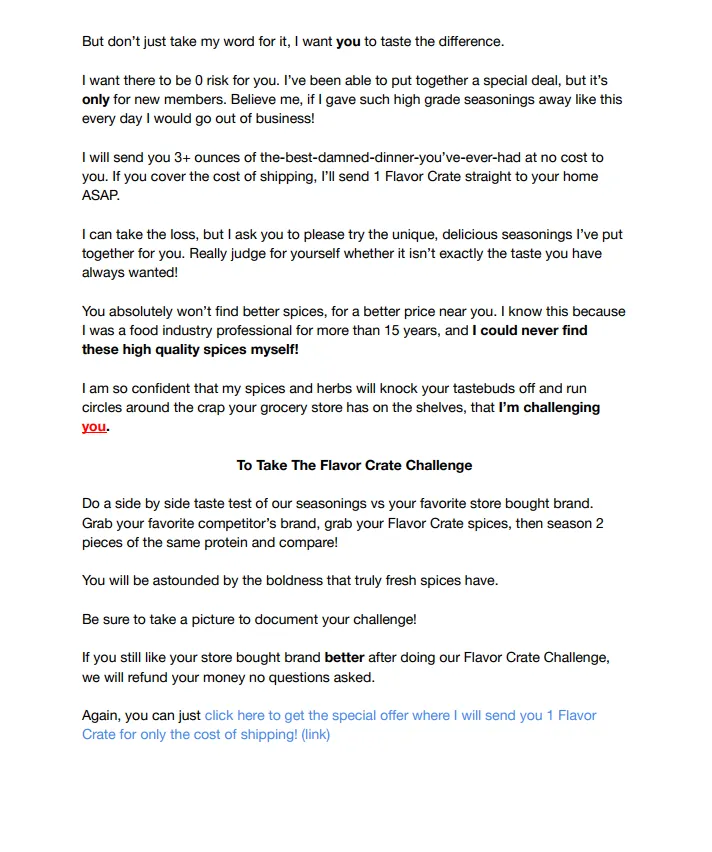
How to Make a Sales Funnel for Any Industry
There’s a misconception about sales funnels. A lot of business owners think that sales funnels are only for “online businesses”, or information businesses.
You might be surprised to learn that businesses in all kinds of industries including brick and mortar businesses can use sales funnels to generate more leads and meet sales goals in a coordinated way.
Sales funnels have been used for dentists, chiropractors, tennis instructors, dog trainers, and for a million other industries you’d never believe.
You’re going to learn what a sales funnel is and how you can create the various pieces of one for your own industry. I’ll also give you practical examples of how these concepts could be applied to a local store along the way!
Whether your business is an art gallery or an online store, you can use sales funnels to reach your business goals.
What’s a Sales Funnel?
A sales funnel refers to the process of moving leads through a sequence of qualifying actions until eventually a portion of them close into sales.
Usually this “sequence” looks like:
It’s called a “funnel” because the number of people in the process is larger at the top and then narrows slightly each step of the process.
The sales funnel is divided into 3 main sections: the top, the middle, and the bottom.
Let’s take a closer look at what makes up each of the three sections:
Top: How did you hear about us?
Paid advertising
Your own social media posts
Social proof, someone else shared your content
Organic search
Blogs
Video content and longform that doesn’t require an opt-in
Middle: They’ve shown interest by clicking away from the top level
The landing page or opt-in page for your offer
Downloadable reports, webinars that require signups
Bottom:The close
You make an offer, do they accept or not?
What Pieces Do You Need to Make a Sales Funnel?
Offer — What would you ultimately like users to buy?
Value — What content will you give them to deliver value before making the offer?
Landing Page — Opt-in for the reports or information
Lead generation mechanism — Who are you targeting, what message resonates with them, how will you get in front of them? (Usually Facebook ads)
Now let’s go over how you can approach incorporating each of these into your sales funnel.
We’ll do some examples together below so you can see the information in context:
Creating the Offer
When you’re trying to create a sales funnel it’s best to start from the bottom, your ultimate goal, and work your way backwards.
By starting with what you want to happen in mind from the beginning you can be sure that every step you take afterwards is ultimately working towards your goal.
We’ll do an example together for each step of the process for creating a sales funnel. I’m going to use a brick and mortar store, so that way nobody can bellyache about how this won’t work for you!
I’m going to use St. Petersbark, a locally owned dog store near me as our sample business’s avatar.
What should you have in mind when creating your offer?
The offer is what you’re trying to sell to your market at the end of the day.
Creating the offer is one of the most important parts of marketing. Sometimes it can take a lot of trial and error to create the best one.
You can get a pretty good first result by thinking through it strategically, though.
Think about your business.
What are the revenue generating processes in it? (If you don’t know what they are, or you want to learn more you should definitely check out a little book called Scaling Up.)
What drives the revenue of a retail store?
In-store visits. Online orders.
Who is the target market?
Let’s say that St. Petersbark wants to target new puppy owners.
Get ’em while they’re young and all that. (That’s not horrible to say because they’re dogs, right?)
New puppy owners are excited about their newest family member. First time puppy owners will need to make a large first purchase. When you don’t have a dog already you need to get food, a crate, a leash, a harness, toys, a water bowl, and any other extras at almost the same time (or very soon afterwards).
Even if the new puppy owner has another dog, the new puppy still needs items of their own.
Luckily, they don’t have to reinvent the wheel here. This dog store can look to other competitors and see what’s working for them.
St. Petersbark’s could offer can be a variation on a theme of PetsMart’s Puppy Guide.
The offer could be a booklet of coupons (valued at ~$200) on dog food, treats, toys, and essentials like leashes for $19.99.
Some other offers they could try are a “Goodie of the Month” club where they can try to generate recurring revenue in exchange for mailing out samples of toys, treats, and other dog things.
They could just create a 6-week puppy training class and sell that for $200. That would target the market of new puppy owners, generate revenue, and create in-store visits at the same time.
You can ask your existing customers questions to narrow down their pain around your business to help you uncover what the best offer could be.
Or you can do it with good old fashioned brute force and A/B test several offer ideas.
Creating the Email Marketing Sequence
You don’t want to ask for the sale right up front in a sales funnel.
What makes sales funnels so effective is that they allow you to generate a relationship with your leads automatically, over a period of several days or weeks.
This section will discuss creating the email marketing sequence to build that relationship.
How Do You Build a Relationship?
You’re going to build a relationship with the leads you generate through your sales funnel by providing them value.
You’ve seen these before.
Free reports.
White papers.
Email video courses.
These are called opt-ins.
You deliver value to people by understanding the problems they experience trying to reach their goals and helping them overcome those obstacles.
For the purposes of this blueprint, you’re going to create a series of three valuable pieces of content for you to share.
“Whoa, whoa, whoa,” you might be saying to yourself “Information doesn’t work in my industry.”
You’ve got to get over that honestly.
Joe Polish used a guide to generate leads for his carpet cleaning business.
“Nearly EVERYONE needs to be in the information business to some degree.” — Jeff Walker, Launch
Having a value sequence is important because each interaction you have with your list is an opportunity to build your relationship with them.
You won’t “build a relationship” with a one-off message, you want to have several positive interactions before asking someone to buy.
This small blueprint will contain a total of 4 email marketing messages. 3 are this pre-sale content, and the 4th is the message where you ask for the sale (which we’ll get to in a second).
The easiest way to write the 3 emails is to follow these steps:
- Decide on what the 3 value adds will be first, work backwards
- Create a personal story, or a story of one of your customers to feature in each email
- Write emails 1, 2, and 3 for value adds 1, 2, and 3
When you’re writing your emails, simply begin with the story you determined was relevant then roll into explaining the benefits of the valuable information you’re gifting to them.
Here’s one example of what that looks like from an email I wrote for one of my clients:



See how I’m positioning the benefits?
At the bottom of each email, you’re going to want to foreshadow the next email in the sequence to build anticipation. Just preview what topic you’re going to teach, and how it will help make their lives better.
For each email you’ll want to:
- Show your opportunity. Tell them how their lives will ultimately change with your solution.
- Show or tell them why they should listen to you (authority or social proof like case studies)
- Teach something of value related to your product
- Raise objections and answer them or promise to answer them in upcoming videos (raising an objection in Email 1 and then promising to address it later creates an open loop, effectively creates anticipation)
- Foreshadow what you’re going to teach or share in the next email
- Ask for a call to action, a good one is to have them share your landing page. You could also have them click out of the email to view your content, but sometimes I like to share the value inside of the email. Whatever you decide your CTA to be, make sure you only have one call to action.
There are some special points for Email 3:
- First, express thanks and excitement for everyone’s support
- Quickly recap what you’re going to help them achieve with your solution
- Possibly present a short case study
- Answer the top questions you’ve been getting
- In the last 25% of the copy tell them that in the next video you’re going to share an offer in the next video
What Content Should I Create?
There are two ways you can go about answering this: asking, or brainstorming and testing.
Here are 3 questions you can ask your prospect list (or previous customers) to help you uncover what they want content about:
1. What’s your most pressing issue concerning…?
2. What’s your worst fear concerning…?
3. What’s your biggest dream concerning…?
You can use a Google Form survey to collect responses. Reviewing them should give you an idea of the range of topics your market is most interested in, and give you a solid jump on brainstorming.
If you don’t want to do a survey, you can always just brainstorm a variety of solutions and again brute force A/B test them. You could also send your idea list to your prospects and allow them to rank them from most interested to least interested.
Just to show you how my brain approaches this issue, I’m going to brainstorm some potential ideas St. Petersbark could use to create valuable content around:
- A puppy checklist (branded with their logo and address)
- Information about crate training a dog
- Guide to potty training a dog
- How to get your dog comfortable with the leash
- A big guide on a bunch of different toys, and what type of situations they’re good for
- A guide to dangerous foods for dogs
- A guide to treats that are not appropriate for dogs (for example some vets argue that dogs shouldn’t eat rawhide)
- A guide to feeding your dog, including how to adjust your dog’s food as it grows up
- Easy tricks to teach your puppy with directions
Asking for the Sale
When you ask for the sale you’re going to want to again explain the opportunity, how will their lives be changed for the better after engaging with you.
Here’s an ASKing email for you to have some sample copy:



Creating the Landing Page
The job of the landing page is to collect email addresses from people who have landed on it.
The landing page should not be about your final offer (for this method of structuring your sales funnel), but more focused on their problems and the information you’ll be giving them to solve the problems.
You’re going to want to structure the landing page like so:
- The Problem
- The Downside
- The Upside
- The Bridge
The Problem
You want to paint a vivid picture of their worst fears.
In this case, it will be a narrative about just a horribly behaved dog.
St. Petersbark’s problem section could start with how exciting it is to bring home a new family member, but detail the pain a new dog owner goes through.
Make them imagine a dog who doesn’t listen, a dog who chews all the furniture, a dog who barks all day, a dog who bolts out the front door. All of the biggest fears they have about their dog.
You can use the answers from the earlier 3 questions to understand what fears your audience has.
If you don’t want to use the survey method, you can look at forum sites like Reddit and try to find user content that’s about their problems.
In the problem you want to set the stage and get them in that fearful mindset.
The Downside
This is where you really twist the knife.
In The Problem you may remind the prospect of their top level fears, a dog that isn’t enjoyable.
In The Downside St. Petersbark needs to get dark and talk about the worst case scenario.
While your dog peeing everywhere or not listening to you may be a problem, and training the dog to be housetrained or listen to you is something top of mind for many new puppy owners, I would say their worse fears are that their dog could bite another dog. Or bite someone else.
Asking someone to buy your product is almost like asking them to change.
You’ll never be able to convince someone to change until they fear the consequences of not changing even more than they fear the change itself.
Selling is the same way. You’re asking the prospect to make a change from not owning your product, to owning it — and they’re never going to make that change unless you explain to them what the world looks like without you.
The Upside
Here you transition to talking about the dog owner’s dream dog. The life that they wish they could have with their dog.
Don’t you want a buddy you can take along on vacation? To be able to take your dog to the dog park on a nice day without stress? To not be fearful that your dog could hurt someone?
Here you paint the sunny picture, of the world that they wish for in their minds.
The Bridge
Now you position yourself as what can get them from The Downside to The Upside.
At this point St. Petersbark would describe the benefits of the value they’re going to provide, how the information will help the dog owner raise a great pet.
Too many business owners pass over setting up a systematic way to generate new leads because they think sales funnels only work for online businesses.
Hopefully you see now that’s not the case.
A sales funnel is just a strategy that ties together a few digital marketing channels to work towards one common business goal. You pick a goal, the offer, in the beginning and reverse engineer a step by step path that takes prospects from strangers to happy customers.

 button! Please share on Facebook, or Twitter if you find the article valuable 🙂
button! Please share on Facebook, or Twitter if you find the article valuable 🙂